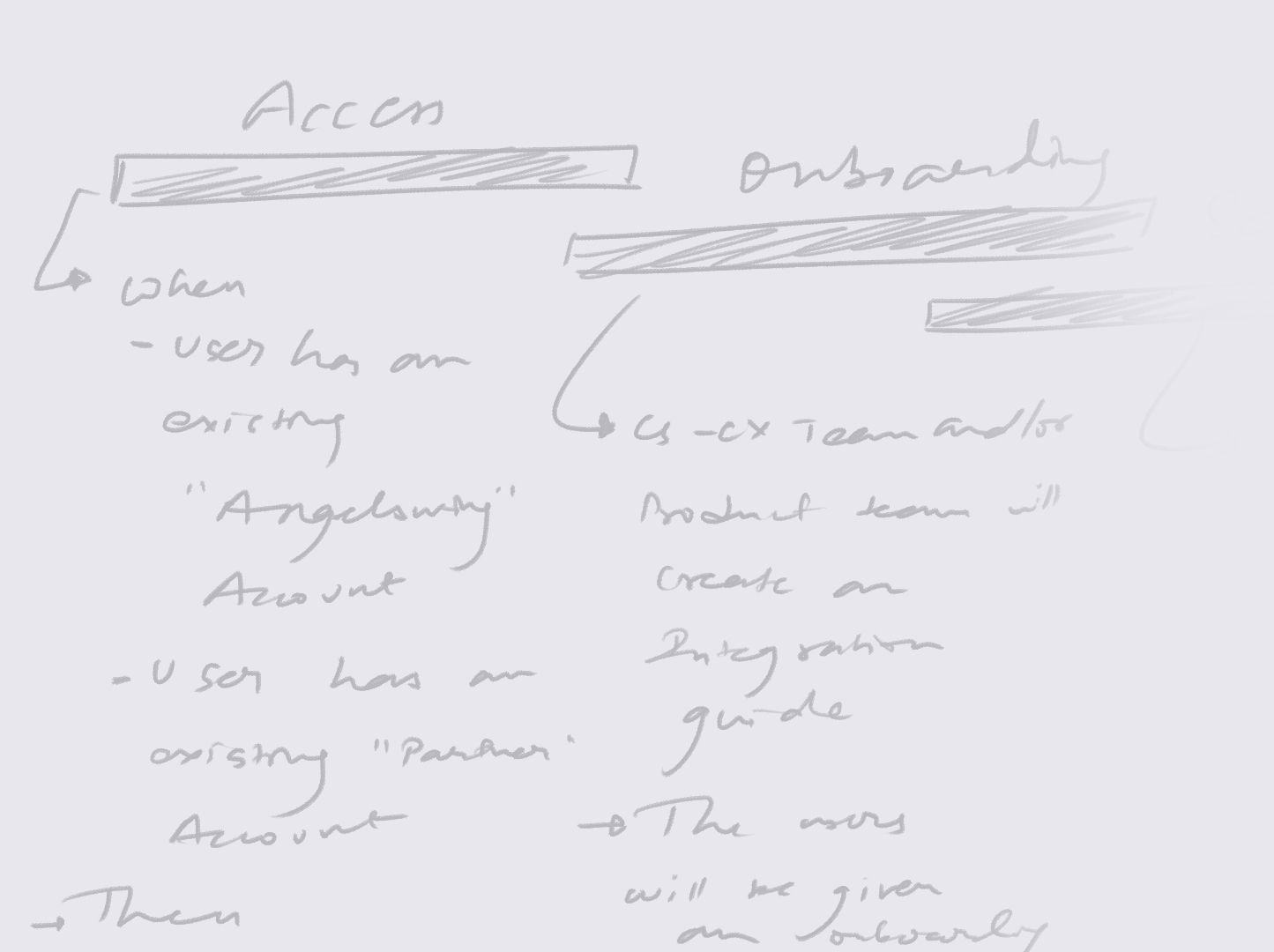Angelswing is a cloud platform that enables its users to create a digital twin of their construction sites with drone-captured imagery and 360 site captures. The platform allows for efficient inspection, planning, and management without having to ever visit the jobsite. That’s made possible with automatic data processing, CAD visualizations paired with accurate scans and measurements, and realistic construction machinery simulation.
The company was operating with a primary focus on swiftly rolling out features and resolving user concerns along the way. However, there wasn’t a strong emphasis on adhering to a well-defined or a structured design process. As a result, activities such as research, design documentation, and testing were somewhat overlooked. Moreover, the only designer who worked part-time as a contractor, had limited interactions with the development team. That led to extremely isolated workflows. Additionally, there was inadequate alignment among the various internal stakeholders and there wasn’t a synchronized approach.
As the only UX Designer, I had a few roles to fulfill

Balancing the need for continuous feature release with a more systematic approach was crucial. We focused on establishing a collaborative system that would help maintain a smooth workflow within the team.
We were trying our best to remain user-centered and we employed a comprehensive research strategy. We conducted user testing that involved both external clients and internal users. We also conducted Heuristic evaluations, based on Nielsen’s principles, that provided further guidance for decision-making. To gather both quantitative and qualitative data, we designed surveys that captured diverse user perspectives. Additionally, we conducted thorough competitive analysis within our industry and learned from successful products.
Output from heuiristic analysis of a part of the product
We leveraged Hotjar and Google Analytics to gather data and inform our decision-making process. Hotjar provided insights into user behavior by recording user interactions and generating heatmaps that visually highlighted patterns in user interactions and behavior. These heatmaps and session recordings helped pinpoint areas of interest and potential pain points. GA supplemented that by offering comprehensive insights into user behavior and user demographic. These data points were crucial in informing our decisions and staying focused on continual refinement based on user preferences.
Some heatmaps that were obtained from Hotjar
We prioritized creating thorough documentation as a reference for moments of uncertainty in the future. We extensively documented design discussions and decisions. We also focused on restructuring existing design components, reverse engineered a design system, and developed all new components based on this system. To facilitate a seamless handover, each feature was accompanied by detailed documentation at either the epic or story level.
It was important for us that all internal stakeholders be aligned in our product decisions. So we set up weekly sync-up calls where the product team would present their insights and propose changes and other stakeholder teams reciprocated with their perspectives. The essence of these meetings was to foster an alignment among all parties and a clear understanding of the “why” behind each major decision.
After a better understanding of the users’ pain points and bringing everyone on the same page, we were able to create a bunch of intuitive solutions that we are proud of.
On the basis of the comprehensive research into usability and user perception, as well as the general user feedback, a lot of major features underwent a transformative redesign. The pain points that were highlighted by the user research were addressed along with the gaps in usability that were identified with heuristic evaluations. Additionally, our redesign process seamlessly integrated findings from competitive research which led to an enriched output. The result was a product with an enhanced user experience that not only met user expectations but also surpassed them.
Some task flows that were designed based on key tasks
Based on the user research, it was clear that we also needed to introduce new sets of features to address the user concerns. So we underwent various cycles of brainstorming, prototyping, testing, and implementation for each new feature. Some features were subtle additions, while others required changing technologies used in the application. This also led to integrations with other products working in the same space. The output was an application that can be utilized in various stages of the construction process and act as a true construction management platform
Some new and diverse features that were introduced to the product
Each new feature or update was extensively documented. The design rationale, the various explorations, and high-fidelity prototypes were made accessible to all stakeholders. Furthermore, with each new update or a variant, the component library underwent revisions. Within a year, we had a robust design system in place with an array of figma variants for major components. This not only sped up the design process down the road but also nurtured collaboration between designers and developers. Each feature also had an accompanying handover document which greatly simplified the development process.
Design documentation initiatives to introduce more order to the system
During my time with Angelswing, I encountered various challenges and learning opportunities: